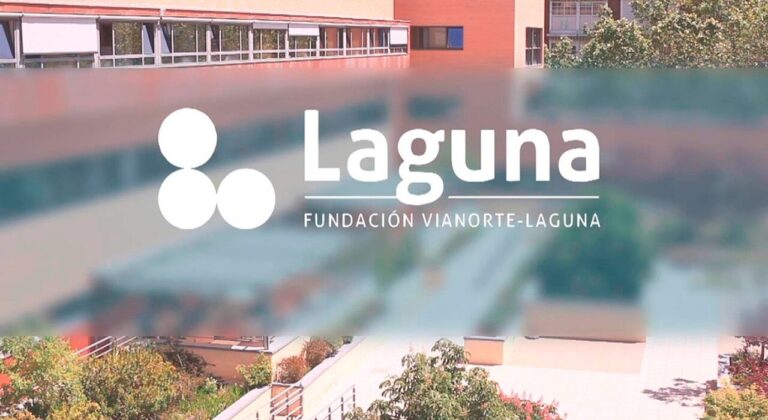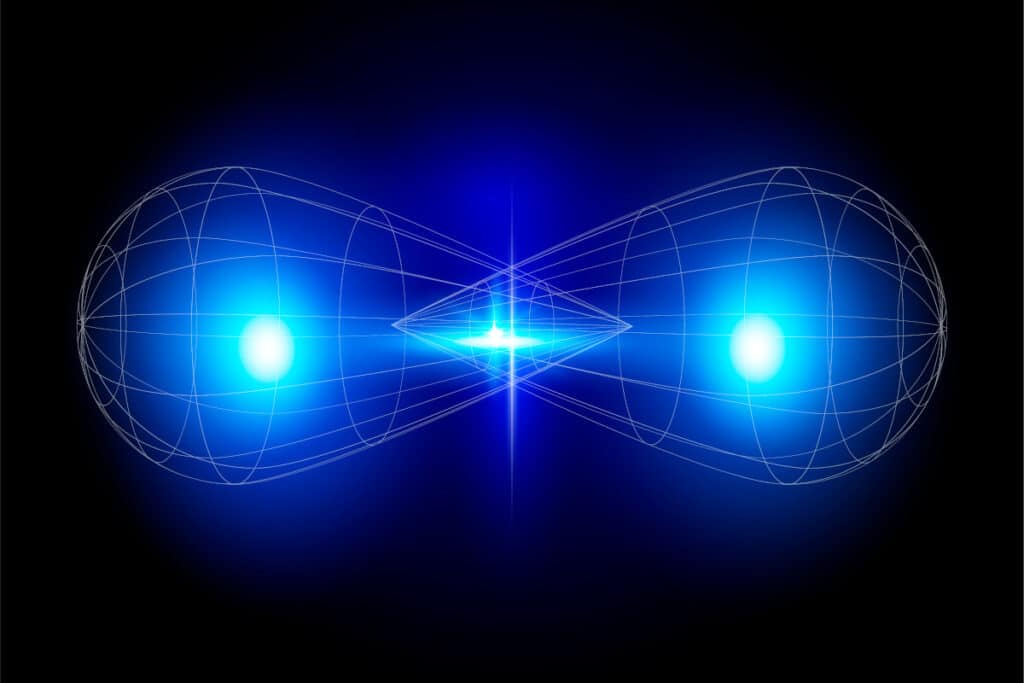The chamber with the deuterium and tritium capsules inside, where fusion was achieved at the National Ignition Facility (Photo: Lawrence Livermore National Laboratory)
On December 5, a story exploded in the media around the world: a breakthrough in nuclear fusion had taken place in Livermore, California, which could support its use as a new source of practically inexhaustible energy. The advance was largely fueled by the country´s need to free itself of the yoke imposed by oil producers, aggravated in recent times by the military conflict between Ukraine and Russia.
The Lawrence Livermore National Laboratory, which was founded in 1952 at the University of California and is endowed with funds from the US Department of Energy, made public that, for the first time, a nuclear fusion experiment had generated more energy than was put in to initiate the reaction, yielding a decidedly positive energy balance.

We have the preconceived notion that playing with atomic nuclei is dangerous; however, that’s not entirely true: it depends on what you´re aiming for. Atomic brokers know two games: fission and fusion. Both provide nuclear power, but generate it in opposite ways, with different technologies and fuel sources, and with significantly different levels of risk. However, the origin of the energy is the same in both cases and was described by Einstein in the most famous equation in the history of physics: E=mc2. According to it, there is an equivalence between mass and energy mediated by the square of the speed of light, so that mass is nothing more than a manifestation of energy. Since the combination of mass and energy must be conserved, in any nuclear experiment, both fission and fusion, the loss of mass is reflected as energy production.
The two kinds of nuclear power
Atomic nuclei are made up of other particles generically called nucleons (protons and neutrons). Each type of atom has its own number of nucleons. Large nuclei, endowed with many nucleons, can break apart, disintegrating into others with fewer nucleons, losing mass that they convert into energy (exothermic nuclear reaction) and producing dangerous nuclear waste, whose radioactivity can take thousands of years to reduce. This is how nuclear fission works. Modern-day atomic power plants fall into this classification and use uranium as fuel.
On the other hand, light nuclei, with fewer nucleons, generate energy when they merge with others, producing larger nuclei and little or no-risk residues. The fuel used to carry out nuclear fusions is usually hydrogen. The fine line between the large and small nuclei rests in iron (with an atomic number of 26). Nuclei lighter than iron produce energy if they fuse and nuclei which are heavier in the periodic table of elements, produce it by fission.
Fusion requires very high temperatures, so research is needed on materials that can resist this heat
Fusion is the nuclear reaction that keeps stars burning. They gradually consume their hydrogen (atomic number = 1) to produce helium nuclei (atomic number = 2) or other, slightly heavier atoms. This nucleosynthesis mechanism –known as the Bethe cycle– was described by Hans Bethe in an article published in 1939, for which he received the Nobel Prize in Physics in 1967. The difficulties currently presented by nuclear fusion are not only scientific but also technical. i.e., related to engineering. Very high temperatures are needed for fusion to occur, so high that there are no materials that can contain the fuel without melting or degrading in the attempt.
For the fusion of two nuclei to occur, they must be extremely close. For this to happen, they have to overcome the electrostatic force with which they repel each other, which increases with their proximity, since both are positively charged. Their approximation produces temperatures of millions of degrees, making the Strong Nuclear Force, another fundamental force of nature, (attractive in this case,) gain intensity. Thus, a contest is established between the electrostatic repulsion and the strong nuclear attraction, which ends up predominating, producing the fusion of both nuclei, together with the decrease in the mass involved and the release of large amounts of clean energy. For fusion to occur, it is necessary to put the fuel in a plasma state and make the particles of that plasma very close, which is achieved with high temperatures and some kind of electrostatic confinement system.
An abundant fuel
The fuel used in the aforementioned case was a small heavy hydrogen capsule. Hydrogen as such has a single nucleus particle: a proton; but it has two isotopes (heavy hydrogen): deuterium (one proton and one neutron) and tritium (one proton and two neutrons), which are what serve as the source of energy. Tritium is currently a by-product of fission plants and is scarce in nature, but deuterium is very common. It is estimated that one in every 7,000 hydrogen atoms is deuterium, so it can be found abundantly in water, explaining why it is said to be an inexhaustible source of fuel. Each water molecule contributes two hydrogen atoms.
Livermore Laboratory´s NIF (National Ignition Facility) is an inertial confinement facility that produces an implosion in the deuterium and tritium capsule through the impact of 192 high-power lasers that spark the fusion. Those lasers need about two megajoules (the energy needed to boil 5,000 liters of water from zero degrees Celsius), but the fusion produced just over 3 megajoules, with a clearly positive balance in energy output, giving way to hopeful horizons.
The recent experiment yielded 3 megajoules in fusion with 2 megajoules of laser beams, but to get there, more than 300 megajoules of electrical energy was needed.
Other labs use magnetic chambers to carry out magnetic confinement and control the molten material, but the experiments carried out with these technologies have not yet borne the fruit that is expected of them, although the procedures have shed light on how to better exploit the heat they generate. Stars maintain fusion by gravitational confinement.
In nuclear fusion reactions, free neutrons are usually generated, which cannot be controlled by magnetic chambers since they are particles that don’t carry an electrical charge. Those neutrons are usually trapped in lead containers or specialized materials. Neutrons tend to deteriorate the properties of the matter they collide against, although the radioactivity of these residues is short-lived. Part of the research in nuclear fusion is, therefore, in the physics of materials that could be used to contain these residual particles.
Four advantages
The Spanish Nuclear Industry Forum indicates the four advantages of nuclear fusion over fission: cheap and abundant fuels, much safer systems, it does not produce greenhouse gases and the radioactivity of the reactor is significantly less and much less dangerous.
The ITER (International Thermonuclear Experimental Reactor) project, in which some 30 countries -including the United States, Russia and China- are participating, is a project for the construction of a pilot nuclear fusion reactor by magnetic confinement in Cadarache (France). Its objective is to test the viability of this type of energy production plants. In Spain, the CIEMAT also has a small fusion reactor at its facilities in Madrid.
The journalistic impact has eclipsed part of the reality of the NIF´s experiment, because in the press it has hardly been commented that these lasers consumed a lot of energy to produce their beams. The magazine Nature estimates that an electrical consumption of 322 megajoules was required by the laser devices to produce the 2 radiant megajoules that in turn generated the slightly more than 3 megajoules of the result, which is evaluated as an overall performance of less than 1%. In other words, in the experiment, 100 units of conventional energy were needed to be able to extract a single unit of energy from nuclear sources.
It is undoubtedly an important advance in the search for ways to harness fusion with the aim of confining bits of stars in nuclear power plants that can supply cheap and clean energy to the entire world population, but we are still far from achieving something that will influence our daily lives.
Translated from Spanish by Lucia K. Maher
